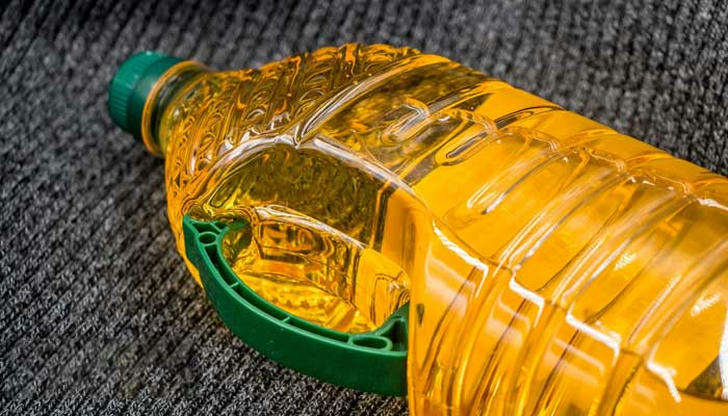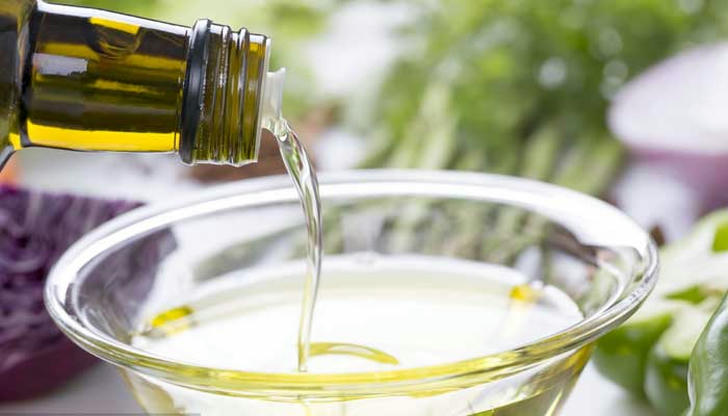How to Consume Cooking Oil in a Healthy Way?

In our daily lives, oil is an indispensable food ingredient in cooking. Oil not only adds flavor to our diet but also plays a crucial role in nutrition and health. It provides us with essential fatty acids, which are necessary for maintaining good health and are key mediators in promoting the absorption of fat-soluble vitamins.
However, the variety of cooking oils available on the market can be overwhelming and confusing when it comes to making a purchase. Some people, in an attempt to lose weight, almost completely eliminate oil from their diet, which is not a scientifically sound approach. So, do you know how to choose among the many types of cooking oils and how to consume them reasonably to promote health? Keep reading, you will find the answers.
What's in cooking oil?
The nutrients in cooking oil mainly consist of two types: various nutritional components (such as vitamin E, oryzanol, carotenoids, etc.) and fatty acids, the latter of which is the main component we consume.
Saturated fatty acids are often considered "bad fats" and are associated with a variety of chronic diseases. However, a study published in the Journal of the American College of Cardiology (JACC) in 2020 showed that saturated fats not only do not increase the risk of cardiovascular disease but may also help prevent strokes.
Unsaturated fatty acids come in two types: monounsaturated fatty acids and polyunsaturated fatty acids, both of which contain a number of beneficial components. For instance, monounsaturated fatty acids contain oleic acid, which is beneficial to the human body and can help lower triglyceride levels and stabilize high-density lipoprotein (HDL) cholesterol levels, preventing cardiovascular diseases.
Polyunsaturated fatty acids contain linoleic acid and alpha-linolenic acid, both of which are essential nutrients that the body cannot synthesize on its own and must be obtained from the diet.
Whether it is vegetable oil or animal fat, each type of oil contains the above three types of fatty acids, just in different proportions. It is the balanced intake of these three types of fatty acids that is the correct approach to promoting health.

The smoke point of cooking oil determines its suitable cooking methods.
When cooking oil is heated beyond its smoke point, it can produce carcinogens such as ammonia, benzene, hydrogen chloride, methanethiol, and organic chlorinated compounds. Additionally, at high temperatures, unstable polyunsaturated fatty acids are more likely to undergo polymerization reactions, distorting the cis "carbon-carbon" double bonds into trans fats.
Trans fats have a strong oxidizing ability, quickly converting other normal polyunsaturated fatty acids into lipid peroxides—a dangerous type of free radical.
When there is an excess of free radicals in the body, it can cause oxidative stress damage, increase the level of chronic inflammation, and raise the risk of a range of chronic diseases, including cancer.
Therefore, high-temperature deep-frying should use oils with a high smoke point and a high proportion of saturated fats, such as lard or palm oil. For stir-frying, coconut oil can be a good choice. Olive oil and flaxseed oil have lower smoke points and less saturated fat, making them more suitable for low-heat cooking and use in salads.

Healthy ways to consume cooking oil
Choose the right cooking method based on the oil smoke point.
Don't consume only one type of cooking oil.
Don't eliminate oil from your diet completely. Instead, consume it in moderation.
Ensure a balanced intake of both plant-based and animal fats to maintain a well-rounded nutrition and fatty acid profile.
Do not reuse oil that has been previously heated for frying.
For plant-based oils, prioritize choices such as coconut oil, flaxseed oil, olive oil, and avocado oil.
For animal fats, prefer options like butter, lard, and tallow.
When cooking, it is not advisable to use high heat and one should avoid letting the oil smoke.
